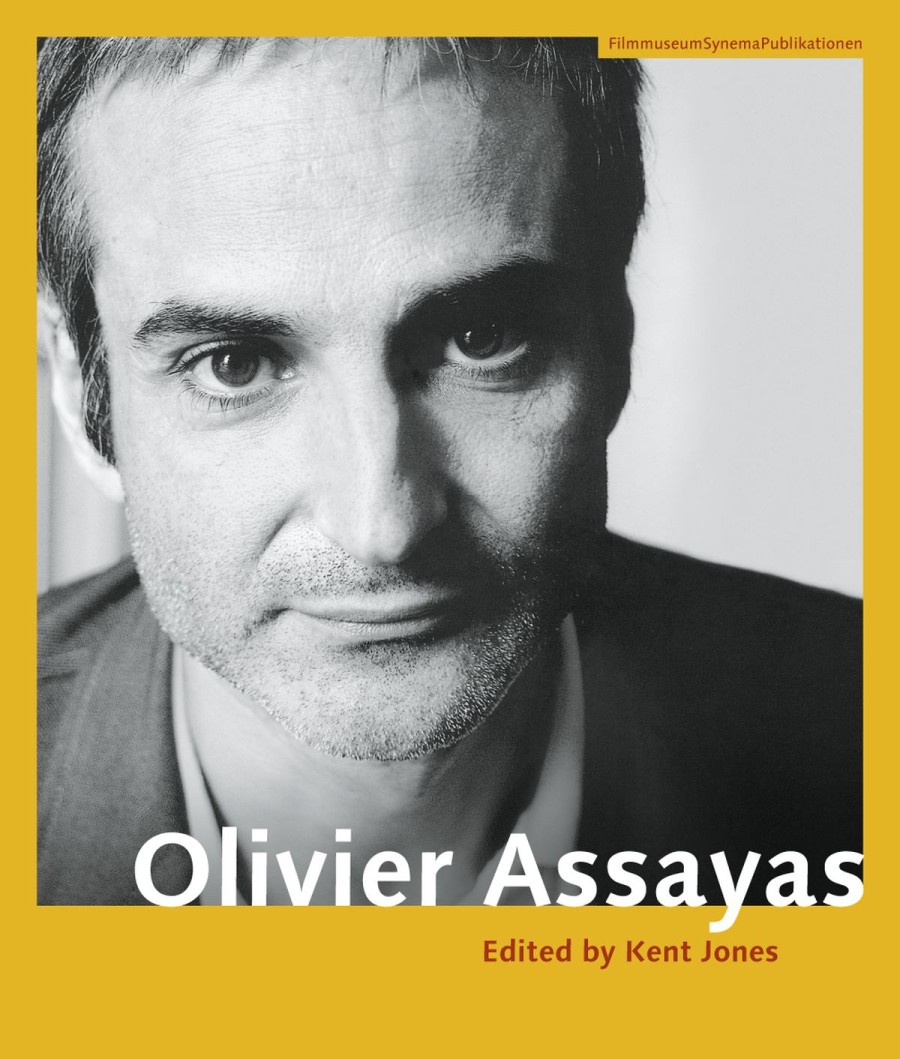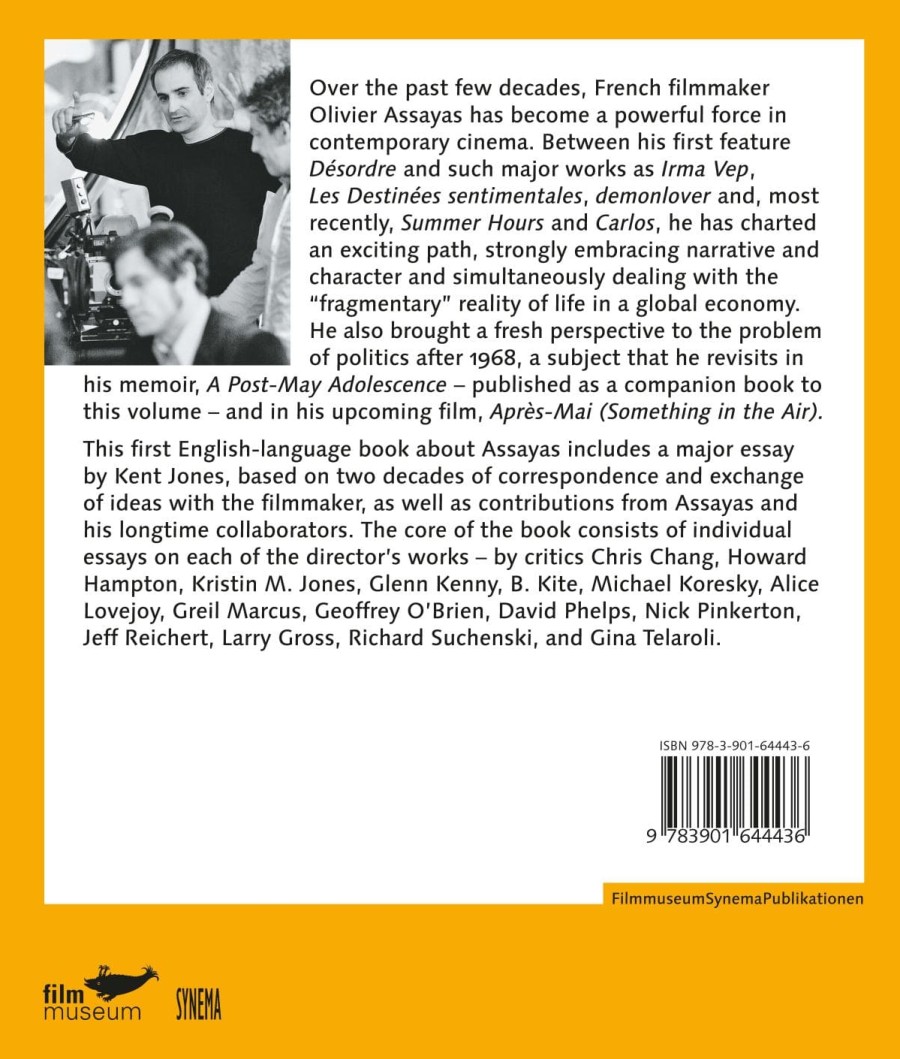Olivier Assayas
Preis für Fördernde Mitglieder*: EUR 17,60
Mit zwei Publikationen würdigt das Filmmuseum einen Künstler, der zu den großen Ausnahmeerscheinungen im Kino der letzten drei Jahrzehnte zählt. Für Olivier Assayas ist das Kino die Kunst des beständigen Aufbruchs, der Gestaltung einer Unruhe; entsprechend souverän verweigert sich sein Werk jeglicher Einordnung in eine Schublade – von seinem Debut Désordre über solch zentrale Werke wie L'Eau froide, Irma Vep und demonlover bis hin zu seinen jüngeren Arbeiten L'Heure d'été und Carlos. Das "typisch Französische", das manchmal an seinem Kino betont wird, bricht sich stets an Assayas’ präzisem Blick auf die Gegenwart – auf die technologischen, ökonomischen, sozialen und psychischen Bedingungen der Globalisierung. Zudem wirft sein Schaffen einen erhellenden Blick auf die Post-68er-Epoche – so auch in seinem Film Après mai (2012) und in seinem autobiografischen Text A Post-May Adolescence.
"The book is really beautiful: the layout is terrific, the illustrations fantastic, well-chosen; it’s truly a wonderful package." (Some Came Running)
"A thoughtful, personal survey of Assayas's career by American critics edited by Jones and an English translation of Assayas's 2002 memoir 'A Post-May Adolescence: Letter to Alice Debord', both published in handsome volumes by the Austrian Film Museum, expose this tension in Assayas's work: between a desire for risk and a sensitive intelligence resistant to easy solutions; between allegiance to cinema 'degree zero,' a cinema of presence, and a romantic fascination with the passage of time. [...] Jones, who writes four of the essays himself, has been in correspondence with Assayas for two decades, and the richness of the book is due not only to his deep affinity for Assayas's work but from the dialogue that has developed between the two of them on the nature of cinema and art." (Film Comment)
FilmmuseumSynemaPublikationen 16
In englischer Sprache


